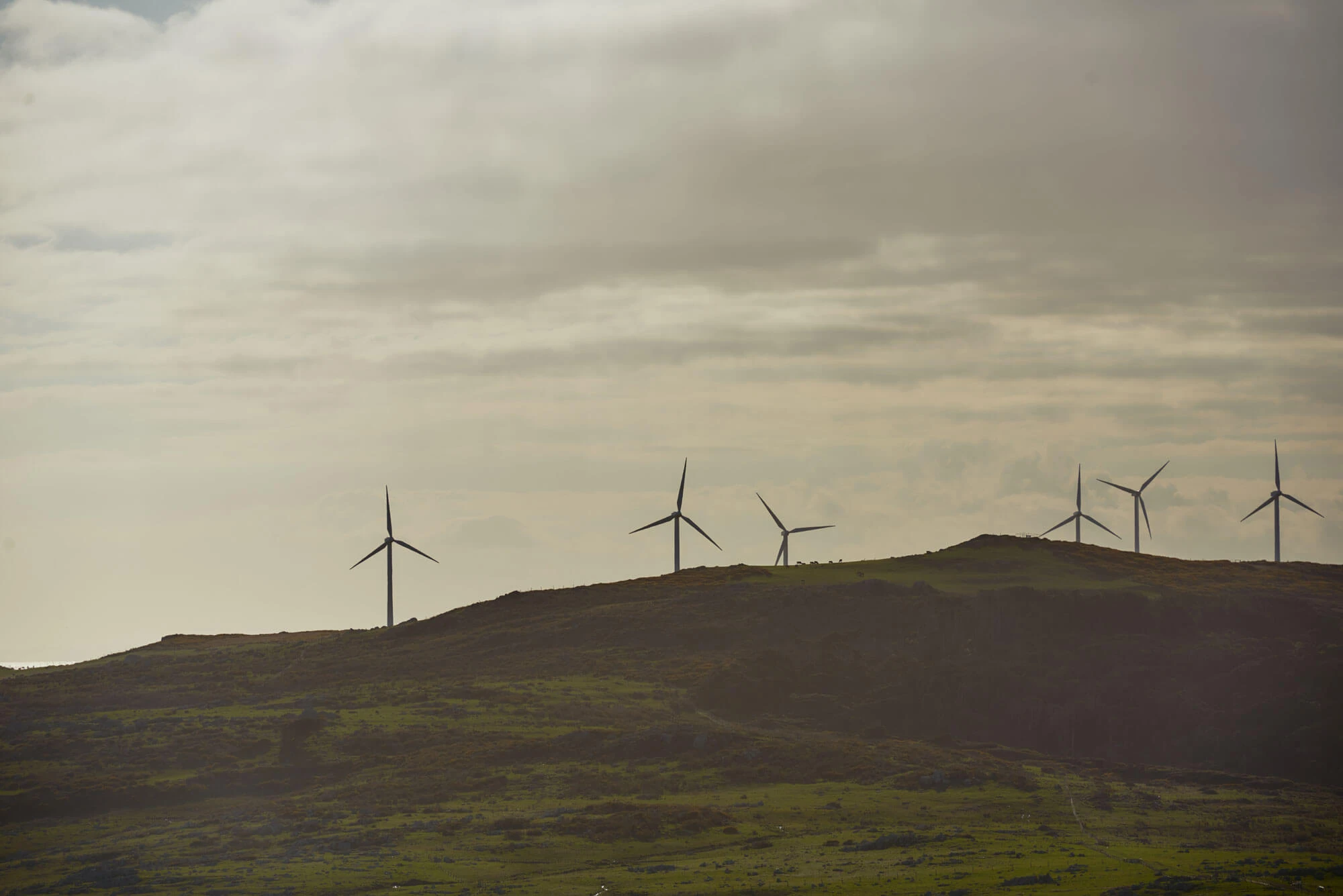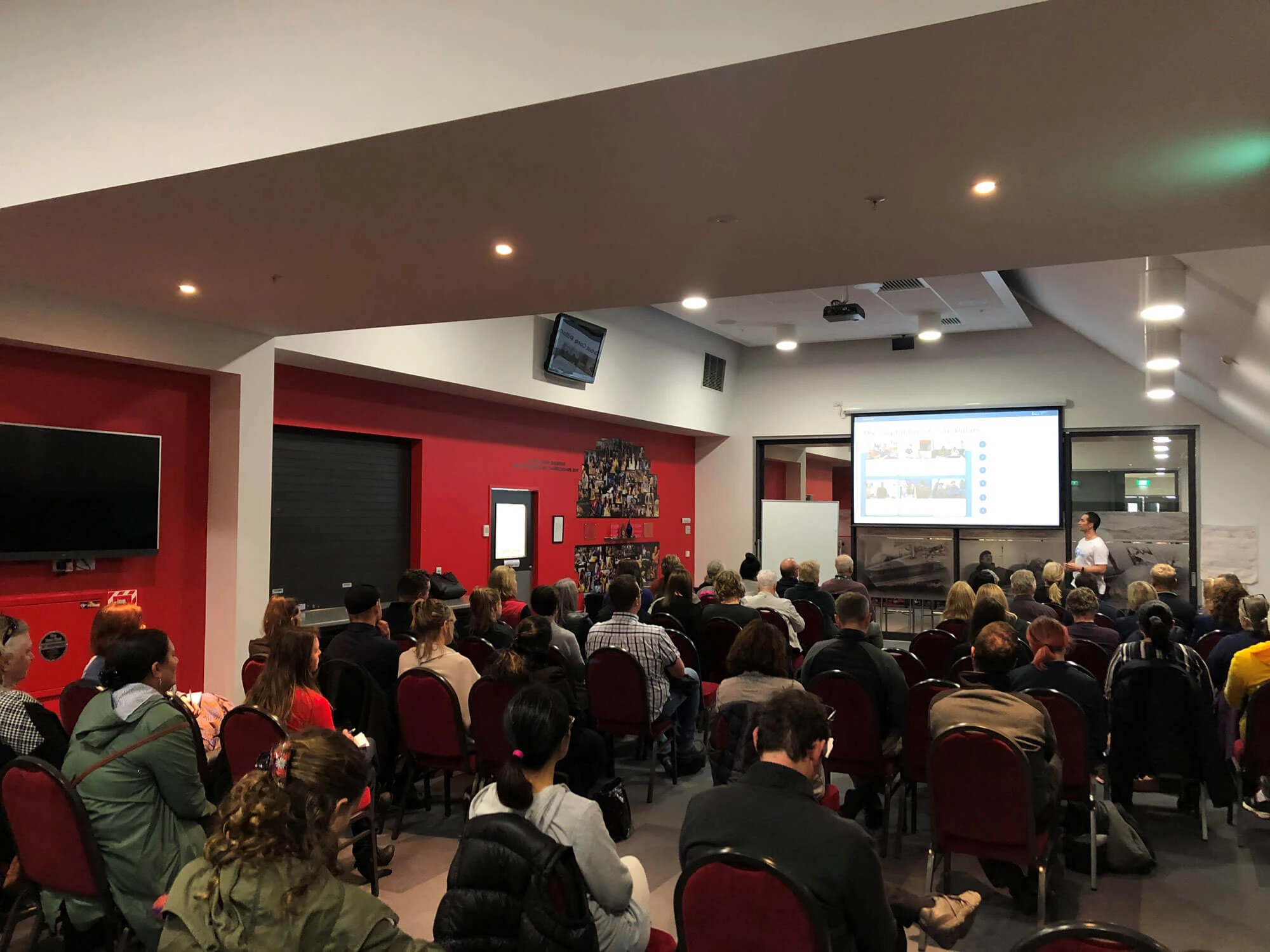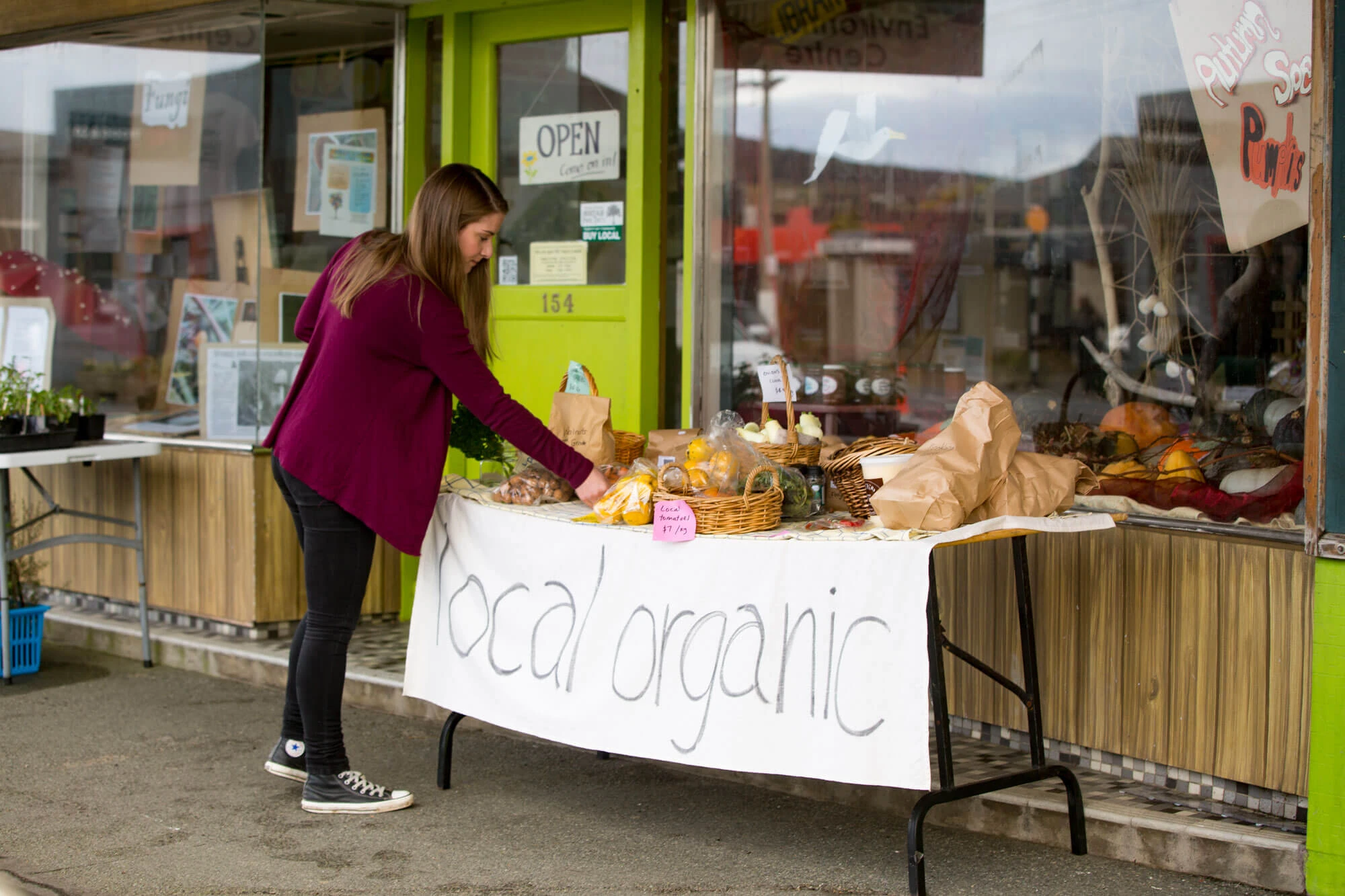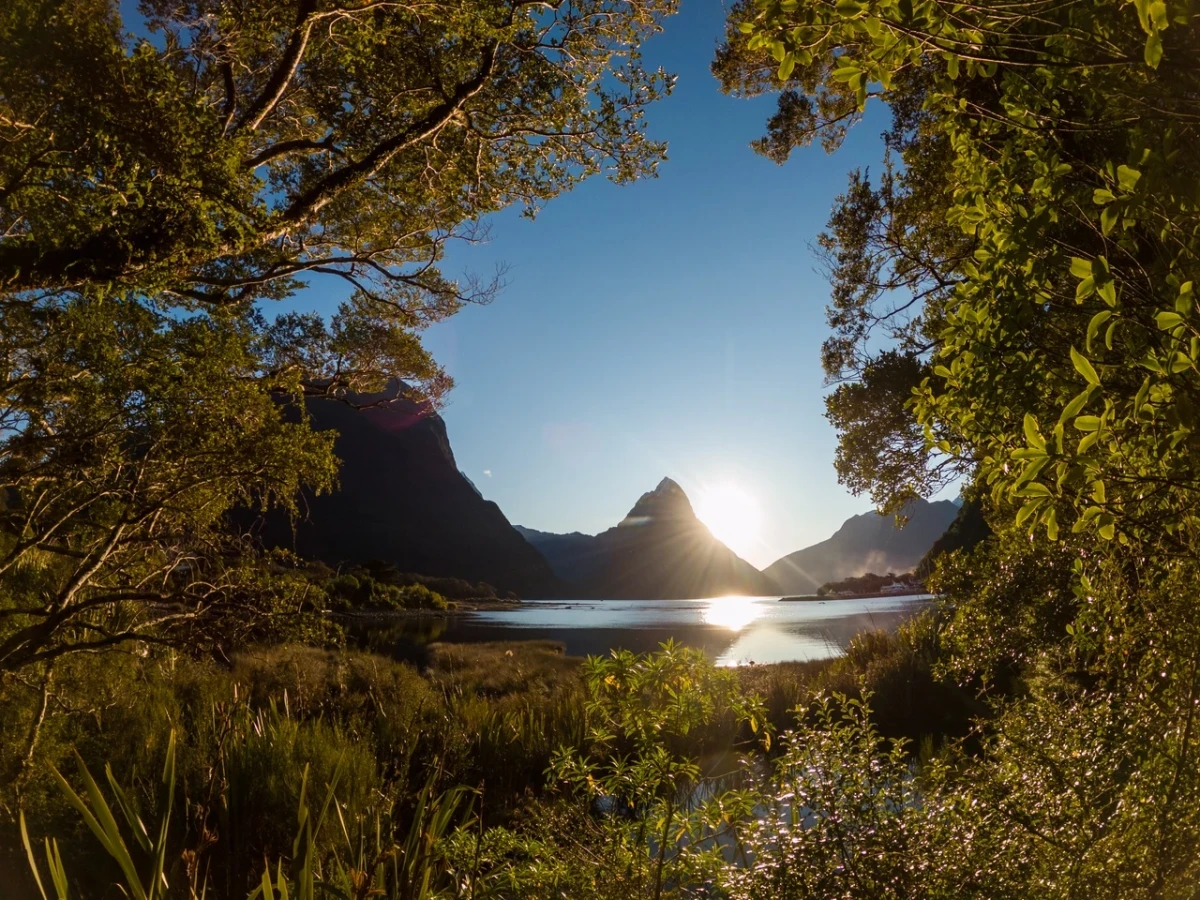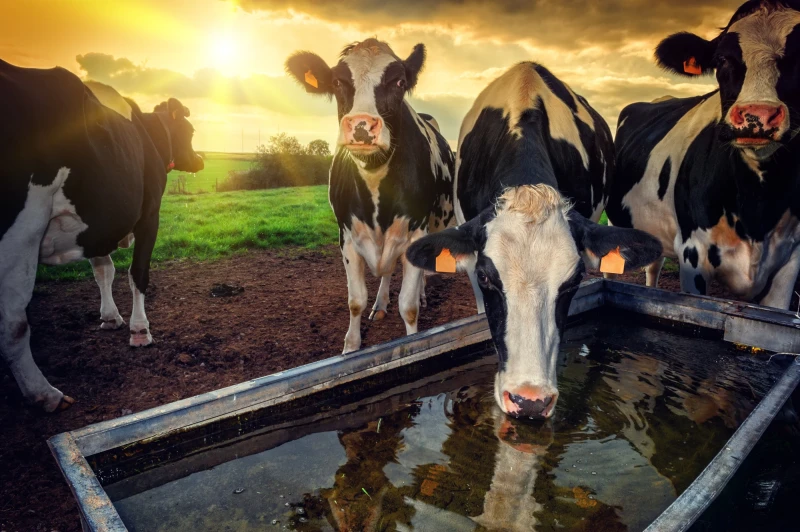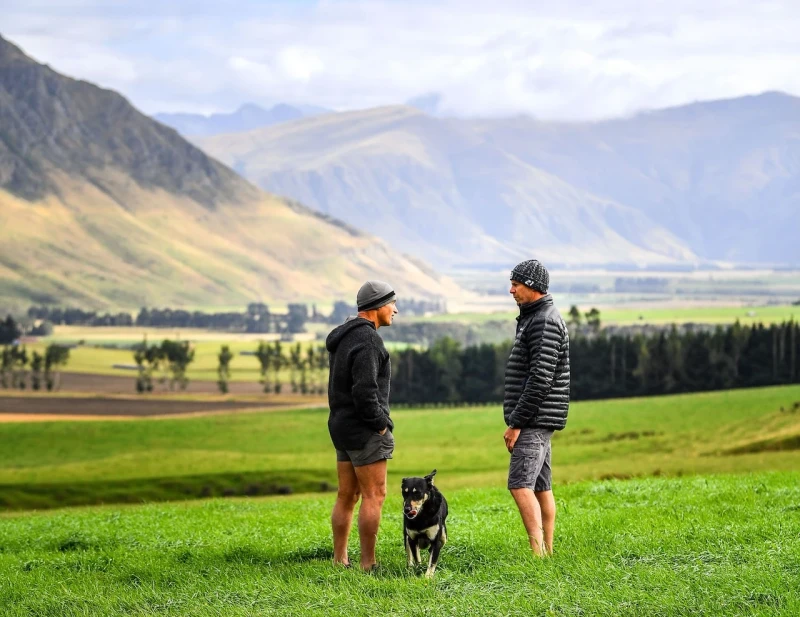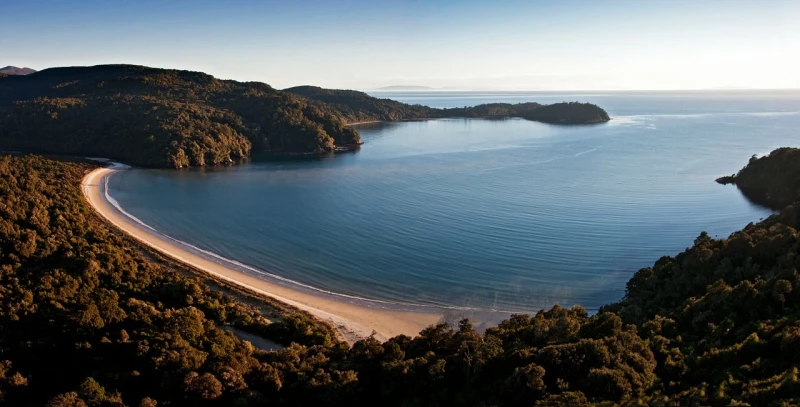The Aotearoa New Zealand Government has committed to reaching net zero emissions of long-lived gases by 2050, and to reduce biogenic methane emissions between 24- 47% by 2050.
The first emissions reduction plan contains strategies, policies and actions for achieving the first emissions budget, as required by the Climate Change Response Act 2002. In doing so, it also outlines how the country intends to play their part in global efforts to limit warming to 1.5˚C above pre-industrial levels.
Great South measures regional emissions annually and the most recent report Southland Regional Greenhouse Gas Emissions Inventory for 2021 shows there is a progressively downward trend, which is positive. This reduction in emissions is expected to continue as large-scale decarbonisation projects are completed and as coal use at Huntly is progressively phased out.
Murihiku Southland currently contributes 9.2% of Aotearoa New Zealand’s net emissions, which is a reduction from 9.7% from the emissions recorded in the 2018 baseline year.
The economic mitigation pathways analysed in the Net Zero Southland report (2021) established a baseline for carbon abatement and models a technology and agricultural pathway. It also highlights the importance of all sectors being actively engaged in driving the reduction of emissions. The report shows that decarbonisation investment is almost entirely NPV positive and that net zero emissions is achievable in Murihiku Southland without creating economic and/or social shock. It follows the Global Protocol for Community-Scale Greenhouse Gas Emissions Inventories (GPC), which is considered the current best practice mode.
Achieving Net Zero requires implementation of a strategic pathway which is aligned with other planning – particularly transport, tourism and agriculture. This pathway must be communicated to others acknowledging that many need to play a part.
